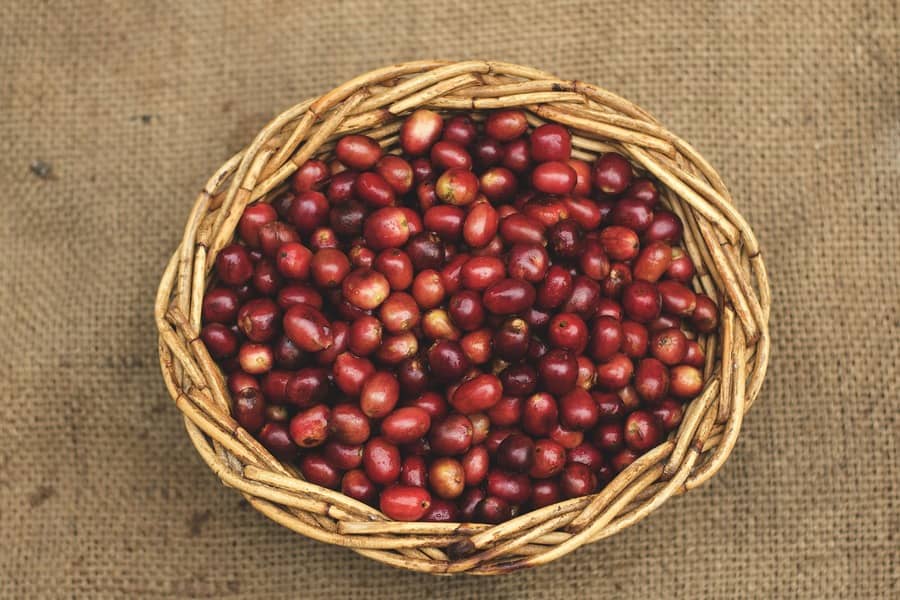The market remains attentive to weather conditions in Asia and the arrival of new coffee in Brazil. In Asia, concerns persist over dry weather and the potential of Vietnam’s next crop. Furthermore, the delay in the start of the harvest in Indonesia intensifies the feeling of supply restrictions. A crop failure in Vietnam’s next season would result in another year of robusta supply shortfalls. The solution would be to incorporate arabica coffee into blends, but this transition is not occurring as quickly as expected, causing supply stress. Consequently, robusta coffee is on an upward trend, reaching new highs for the July/24 position at USD 4,338 per ton in London, equivalent to 196.77 cents per pound. This price is close to that of arabica of the same maturity in NY, which set a high of 231.85 cents. The NY/London arbitrage is around 35 cents, indicating an appreciation of robusta against arabica.
In Brazil, the first movements of the 24/25 crop have been slow, bringing no relief to supply. The conillon/robusta harvest is progressing slowly and is below 5% in Espírito Santo, the main producing state. The first results point to a lower-than-expected yield, increasing indications that the Brazilian canephora crop may fall short of initial expectations, with the risk of some regions producing less than in the previous year. It is worth noting that the initial sampling is limited and superficial, meaning it is necessary to wait longer for a more accurate assessment of the situation. However, these early signs intensify concerns about supply and lead to rising prices.
Forecasts indicate irregular rain next week in Vietnam, with greater volumes concentrated in the northern region. In the central and southern regions, rainfall is still insufficient to stimulate blossoming in dryland areas, maintaining the warning signal and concern about the risk of failure in Vietnam’s next crop. In Indonesia, a break in moisture is forecast for next week, but due to the delay in maturation, the supply of new coffee is only expected to grow more significantly in May.
Funds reduced their net long position with coffee futures on ICE US, going from 73 thousand contracts in the previous week to 52 thousand contracts at the end of the trading session on April 16. This movement in the funds’ portfolio favors a correction in prices, which fell from a peak of 245 cents to seek the range of 220 to 230 cents for the July/24 contract.
The adverse climate scenario in Vietnam and the delay in the arrival of new coffee in Brazil and Indonesia maintain the feeling of tight supply, sustaining much of the recent appreciation in coffee prices in the international market. Although the market appears excessively stretched, a significant downward shift in the price curve will require confirmation of a change in the supply scenario, such as the return of rain in Vietnam or the arrival of new coffee crops from Brazil and Indonesia into the market. The expectation is that these crops will gain greater visibility from next May. In any case, producers have taken advantage of the good moment, especially arabica coffee sellers.
The market remains attentive to the prospects for the Brazilian winter, which may present lower temperatures this year. The April report from the US National Oceanic and Atmospheric Administration (NOAA) updated its projections for the El Niño and La Niña phenomena, raising the probability of La Niña occurring between the months of June and August to 60%. This phenomenon could contribute to a drier period and favor the entry of polar air masses over coffee-growing regions of Brazil, which should further agitate the “weather market” with the Brazilian winter.

